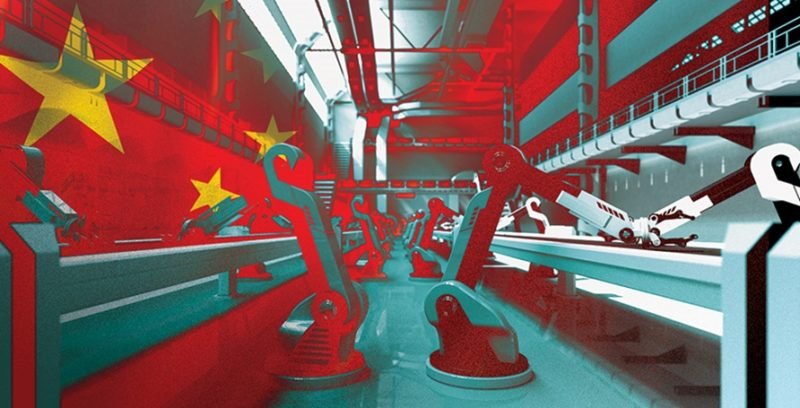[Book] 20-20 Hindsight: Where the PRCs innovation went and why it’s coming back

David A. Scott PhD in his book ’20-20 Hindsight: China’s Lost Civilisation – Where the PRCs innovation went and why it’s coming back’, offer in-depth analyses of Chinese Science & Technology capabilities through the lens of their innovation history and explore a number of essential questions.
The author starts with the American space program, which he was part once and provided technical support. He explains how an American boyhood dream to live the Star Trek-inspired life feels about the innovation in the space industry nowadays, he talks about the importance of science fiction in the society, about the flexing the wings of imagination required for the innovation in the field of science & technology and American struggle he observed in carrying out their space programs, amidst a chain of failure and success.
This book thoroughly ask questions like ‘Does China have enough talent and the right policy and institutional mix to transit from an input-driven to innovation-driven Science & Technology industry? If yes, then where to start from. He outlines the brief history of innovation in China, taking you on a glorious journey of Chinese civilisation from 1100 BC to the present world order, unfolding the centuries of civilisations and societies, while extracting the innovations done and many other less-known facts.
He explains, how the Chinese space program, like all other countries, is just parroting work that was done 50 years ago by the Soviets and the Americans. A truly innovative program would involve taking risks (and accepting failures) to pioneer some of the alternative space launch technologies that have been advanced by researchers all over the world during the decades dominated by rockets.
The book explains how China has collectivized around a strategy that capitalizes on re-creating the ecosystem for Science & Technology based upon rediscovering their lost innovation civilization; evidenced throughout their ancient history.
The author brilliantly introduces the new world of international economics shaped by ubiquitous globalization and describes the challenge of rising complexity that defines China‘s dilemma. He discusses handful of new—yet very diverse and intensely competing—manufacturing and emerging R&D hubs in Asia.
One of the chapters discusses the importance of Indigenous Innovation. It explains how the process of indigenous innovations has increased the economic importance of standardization. Also, it suggests how this has transformed standards development from an arcane technical and legal subject into a highly-contested field of corporate strategy and public policy.
In a very short time, China has substantially improved its capacity to develop and implement a broad set of interoperability standards, security protocols and product specifications as an enabling platform for the development of indigenous innovation.
This book (published in 2012), correctly predicts the upcoming transformation in the telecom sector, with Chinese companies emerging as the biggest beneficiaries of it. It explains, how with the transition to next-generation mobile telecom standards, there is greater openness to foreign participation. It also predicts how R&D and patent data pose an overall positive impact on China‘s innovation capacity.
His book contrasts how China learned from the U.S. experiences and mistakes with venture capital, enticing foreign Venture Capitalists to invest in China, creating joint venture VC firms, and funding state-supported VC firms—providing the financing piece of their ―import/assimilate/re-innovate model of innovation and competitiveness.
In comparison with China, the United States, of course, boasts a long history of purely private-sector entrepreneurship alongside a vibrant and complex financial system that makes capital available to new ideas in the form of angel, seed, venture and other kinds of early-stage finance and then the means to tap much larger debt and equity capital market to grow and prosper.
It also discusses the challenges China will face in upcoming years like cheap labour supply, Currency appreciation, rising wages and production costs. With an ageing population as a result of the one-child policy, a tightening of labour markets lies not far along the road for China, even as foreign companies continue to move into the interior in search of cheaper wages.
Only a few years ago, China‘s approach to innovation and standardization barely played a role in international economic diplomacy. With its economic power on the rise, that assessment has changed dramatically. Today, China‘s innovation policy and its perceived threat to American innovation and competitiveness is a hot topic in the U.S.–China economic relations; adding to contentious disputes about exchange rates, trade and foreign direct investment.
To download a free copy of the book 20-20 Hindsight: China’s Lost Civilisation – Where the PRCs innovation went and why it’s coming back



















